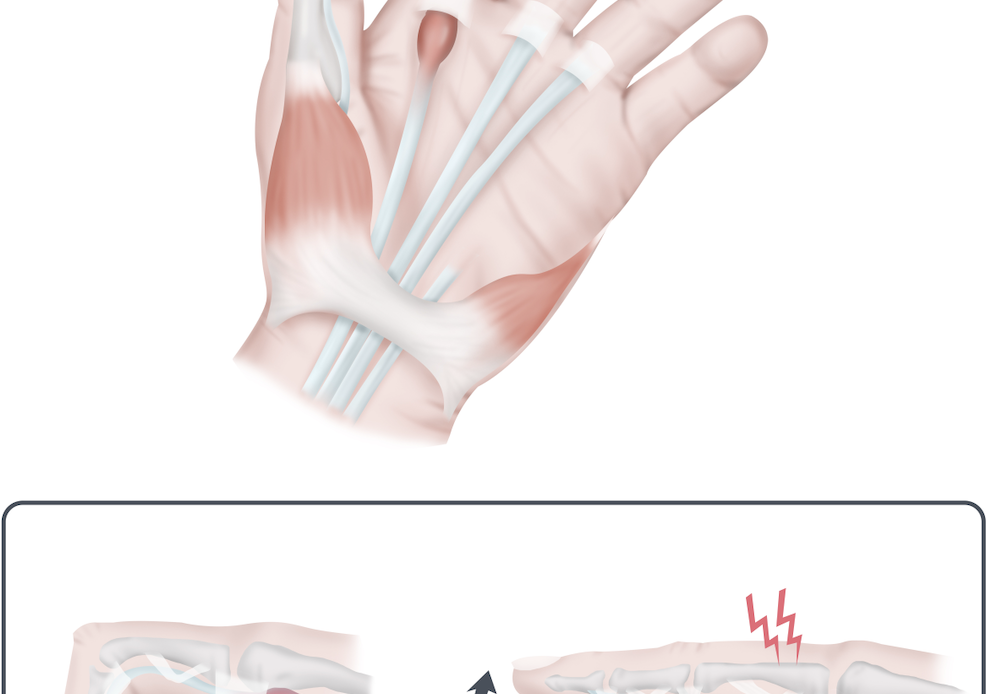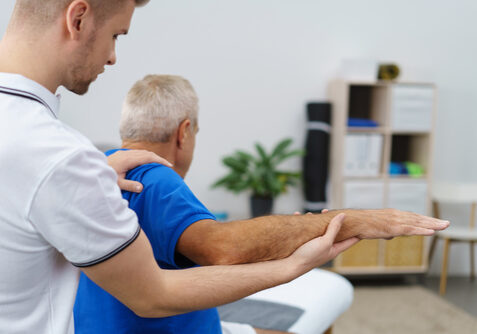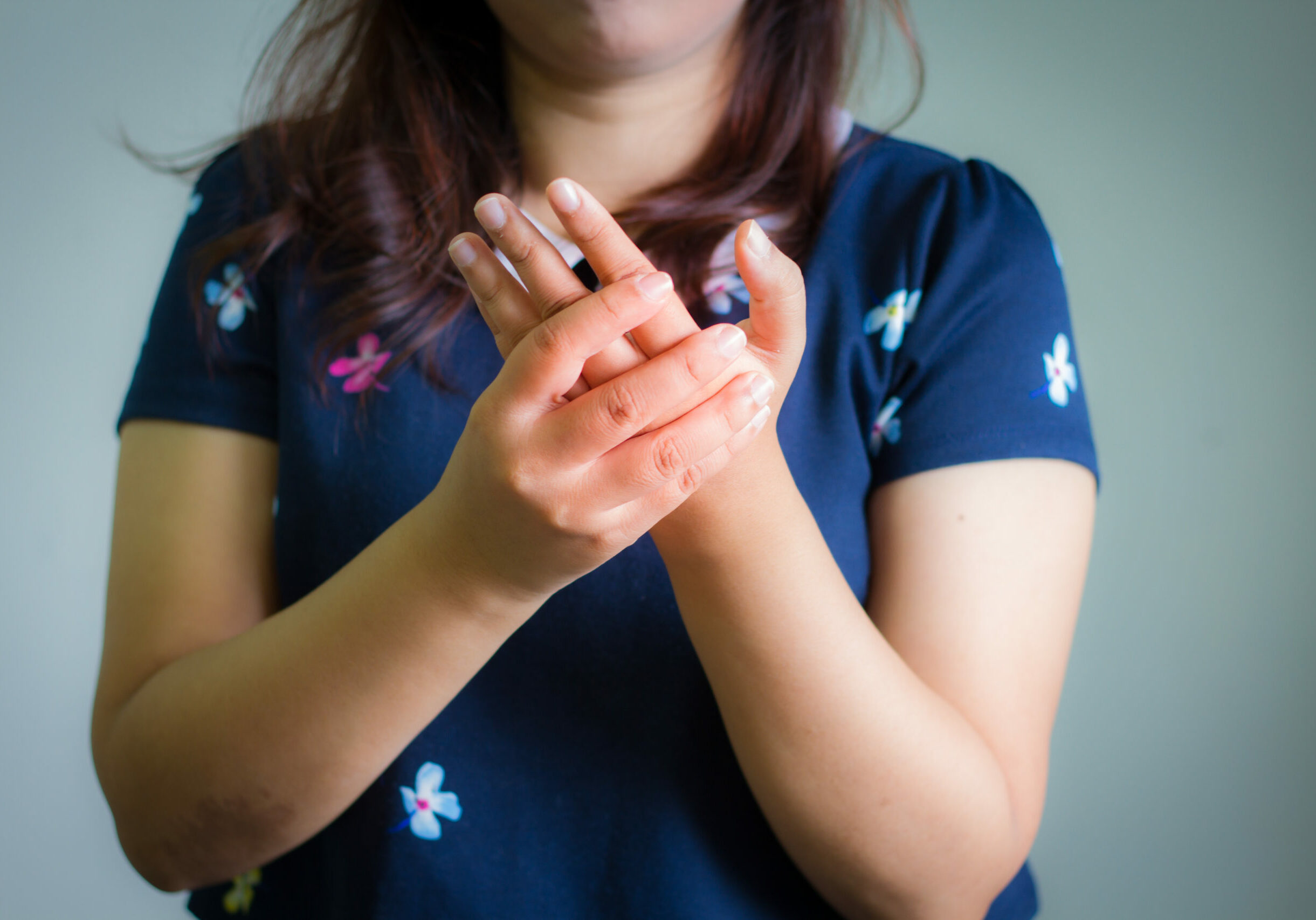Taking Alpha-Lipoic Acid for 40 days after Carpal Tunnel Surgery can decrease the likelihood of developing Pillar Pain.
Filed under Reviews, Treatments
Filippo, B., Granchi, D., Roatti, G., Merlini, L., Sabattini, T., & Baldini, N. (2017). Alpha-lipoic acid after median nerve decompression at the carpal tunnel: A randomized controlled trial. The Journal of Hand Surgery, 4, 236–42.
The Skinny – A double-blind, randomized controlled study was performed. Sixty-four patients were randomly assigned into two groups after median nerve decompression. Thirty-two patients took the alpha-lipoic acid (ALA), while the other 32 received the placebo pill.
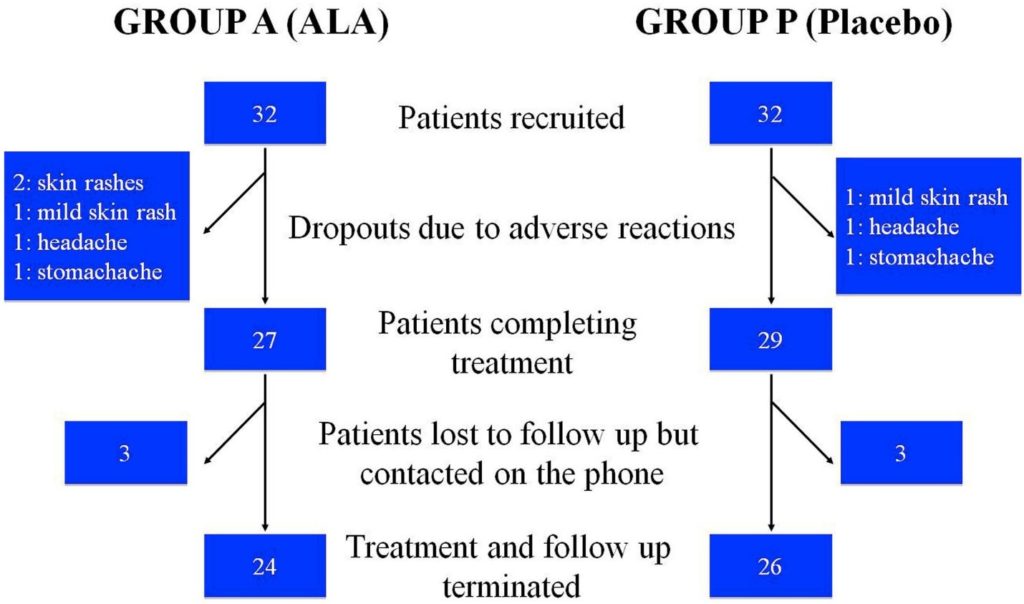
In The Weeds – The outcome measures utilized were Boston Carpal Tunnel score, 2-point discrimination, presence or absence of pillar pain, use of analgesics beyond post-op day 2, and sensory and motor conduction velocities. These measures were assessed at three months post-op.
Bringing it Home – ALA did not significantly improve nerve conduction velocity or Boston Carpal Tunnel score. Taking ALA did reduce pillar pain, and static 2-point discrimination improved in both groups.
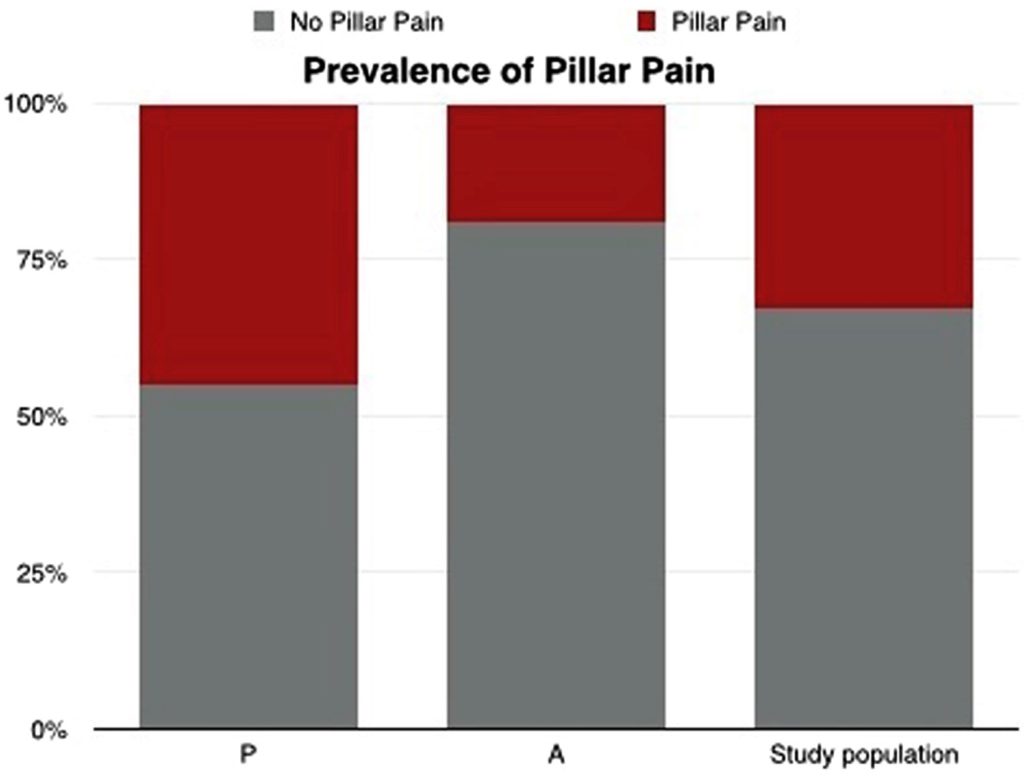
Taking ALA for 40 days after carpal tunnel surgery can lower the incidence of Pillar Pain. The study size was relatively small, and the outcome measures of pain and two-point discrimination test are somewhat subjective measures. The ALA treatment (pillar pain treatment) was well tolerated by the study participants. A larger study is needed to confirm these findings.
More To Read
Wound Healing Complications in Diabetic Patients who have undergone a Carpal Tunnel or Trigger Finger Release
By: Amalia Garcia Gundlach, B. K., Robbins, C. B., Lawton, J. N., & Lien, J. R. (2021). Wound Healing Complications in Diabetic Patients Undergoing Carpal Tunnel and Trigger Finger Releases: A Retrospective Cohort Study. The Journal of Hand Surgery, S0363502321003014. https://doi.org/10.1016/j.jhsa.2021.05.009 The Skinny – carpal tunnel and diabetes In general, individuals with diabetes are more…
Read MoreComparing the Rates of Recovery Among Four Common Shoulder Surgeries
Rapid Review By: Case Peters Comparing the Rates of Recovery Among Four Common Shoulder Surgeries Grubhofer, F., Martinez, A.R.M., Ernstbrunner, L., Haberli, J., Selig, M.E., & Warner, J.J. (2021) Speed of recovery of the most common performed shoulder surgeries. JSES International.5(4); 776-781. doi: 10.1016/j.jseint.2021.03.007 The Skinny: Setting realistic expectations for the trajectory of recovery is…
Read MoreArticle Review: Best Edema Management Techniques in Hand Therapy
Miller, L. K., Jerosch-Herold, C., & Shepstone, L. (2017). Effectiveness of edema management techniques for subacute hand edema: a systematic review. Journal of Hand Therapy, 30(4), 432-446. doi: http://dx.doi.org/10.1016/j.jht.2017.05.011 By: Ammie Ingwaldson The Skinny Edema is something therapists deal with on a daily basis and often is apart of most treatments. Managing edema can be a challenge…
Read MoreSign-up to Get Updates Straight to Your Inbox!
Sign up with us and we will send you regular blog posts on everything hand therapy, notices every time we upload new videos and tutorials, along with handout, protocols, and other useful information.


